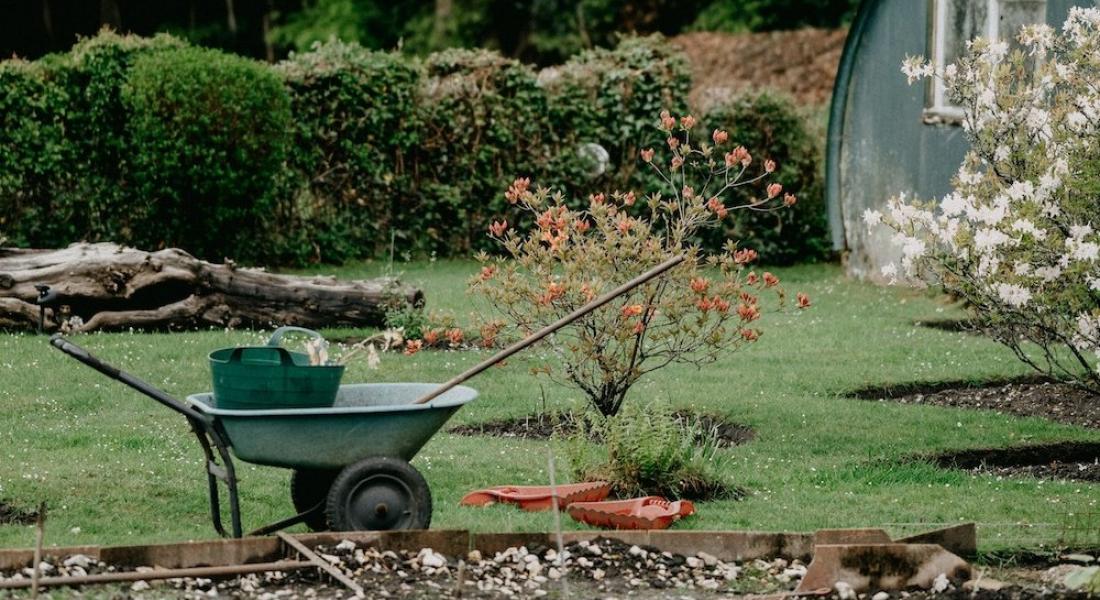Perennials are a gardener’s best friend, returning year after year with beautiful blooms and lush foliage. Proper care and maintenance throughout the year are essential to ensure that your perennial garden remains vibrant and healthy. This guide will walk you through the seasonal tasks and best practices for maintaining your perennials, ensuring continuous blooms and robust plant health.
Spring: Preparing for Growth
1. Cleaning Up the Garden
- Remove Debris: Clear away dead leaves, stems, and other debris that accumulated over winter. This helps prevent disease and allows new growth to emerge.
- Cut Back Dead Growth: Trim back any dead or damaged stems from the previous year. This encourages healthy new growth and prevents pests and diseases.
2. Soil Preparation
- Soil Testing: Test your soil’s pH and nutrient levels. Amend the soil as needed to provide the right balance for your perennials.
- Add Compost: Work compost into the soil to improve texture and provide essential nutrients.
3. Dividing and Transplanting
- Divide Overgrown Perennials: If any plants have become too large, divide them to encourage more vigorous growth and prevent overcrowding.
- Transplanting: Early spring is the best time to move perennials to new locations. Water them well after transplanting.
4. Fertilizing
- Apply Balanced Fertilizer: Use a balanced, slow-release fertilizer to give your perennials a nutrient boost as they start their growing season.
- Avoid Over-Fertilizing: Too much fertilizer can cause excessive foliage growth at the expense of blooms.
Summer: Encouraging Blooms and Growth
1. Watering
- Consistent Moisture: Ensure your perennials receive consistent moisture, especially during dry spells. Most perennials prefer about an inch of water per week.
- Mulching: Apply mulch around your plants to retain soil moisture, regulate temperature, and reduce weeds.
2. Deadheading
- Remove Spent Blooms: Regularly deadhead (remove) spent flowers to encourage more blooms and prevent the plant from putting energy into seed production.
- Pinching Back: For some perennials, pinching back early growth can promote bushier plants and more blooms.
3. Pest and Disease Control
- Monitor for Pests: Keep an eye out for common garden pests like aphids, slugs, and beetles. Use organic or chemical controls as needed.
- Disease Prevention: Water at the base of plants to avoid wetting the foliage, which can lead to fungal diseases. Remove any diseased leaves or stems promptly.
4. Support for Tall Plants
- Staking and Caging: Use stakes, cages, or other supports to keep tall perennials upright and prevent them from flopping over.
Fall: Preparing for Winter
1. Cutting Back Perennials
- Selective Cutting: Cut back most perennials to a few inches above the ground after the first frost. Leave some seed heads and stems for winter interest and wildlife habitat.
- Leave Evergreen Foliage: Perennials with evergreen foliage can be left uncut to protect the crown over winter.
2. Mulching
- Winter Mulch: Apply a layer of mulch, such as straw or shredded leaves, around your perennials to insulate the roots from extreme temperatures.
- Avoid Mulching Too Early: Wait until the ground has frozen before applying mulch to prevent rodents from nesting.
3. Dividing and Transplanting
- Divide and Transplant: Fall is another good time to divide and transplant perennials, giving them time to establish roots before winter.
4. Fertilizing
- Avoid Late Fertilization: Do not fertilize perennials late in the fall, as this can encourage new growth that will not survive the winter.
Winter: Protecting Your Garden
1. Insulating Plants
- Additional Mulch: Add extra mulch to plants that are marginally hardy in your area to provide extra insulation.
- Protective Coverings: Use burlap or frost blankets to cover and protect delicate perennials from harsh winter winds and freeze-thaw cycles.
2. Monitoring for Pests
- Rodent Protection: Protect your plants from rodents by placing wire mesh or hardware cloth around the base of vulnerable plants.
- Check for Damage: Periodically check for signs of pest damage and take action if necessary.
3. Planning and Record-Keeping
- Garden Planning: Use the winter months to plan any changes or additions to your perennial garden.
- Keep Records: Maintain a garden journal to track the performance of different plants and note any issues or successes.
General Best Practices
- Plant Selection: Choose perennials suited to your climate, soil, and light conditions for the best performance.
- Proper Spacing: Plant perennials with enough space to allow for mature growth and air circulation, which helps prevent disease.
- Regular Observation: Spend time regularly observing your garden to catch any issues early and enjoy the progress of your plants.
By following these seasonal maintenance tips, you can keep your perennial garden healthy and blooming beautifully year after year. Consistent care and attention to the needs of your plants will reward you with a stunning, vibrant garden that enhances your home’s landscape.



